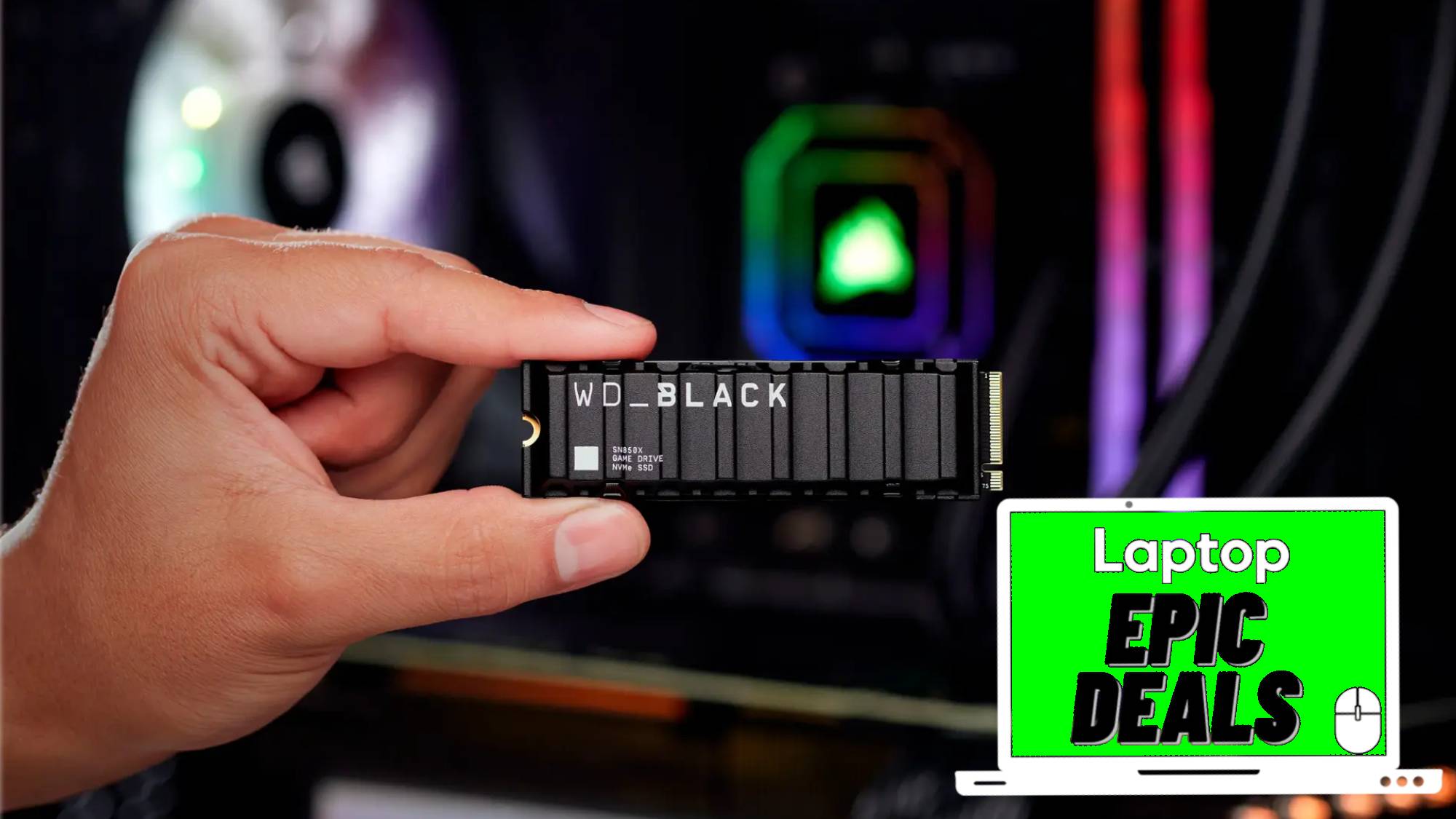Intel 9th Gen CPUs Come to Laptops: Big Power Boost, Wi-Fi 6 and More
Update: Intel announced 10th-Gen Ice Lake CPUs for ultrabooks and fanless laptops.
Laptops are about to get a heck of a lot faster. Intel's 9th Generation H-series CPUs for mobile are finally here, bringing a boost in performance along with useful features we'll be using long into the future, including Wi-Fi 6 support.
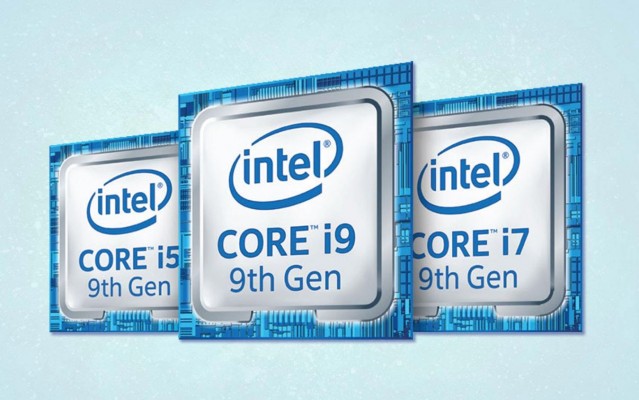
These H-series chips will power upcoming high-performance systems, including most gaming laptops and productivity notebooks, like the XPS 15. That means gamers, streamers and content creators who need brawny components will all benefit from the new CPUs. Intel only revealed its H-series CPUs, so we're still waiting on U-series and Y-series chips for power-efficient ultrabooks, like the XPS 13 and 13-inch Spectre x360.
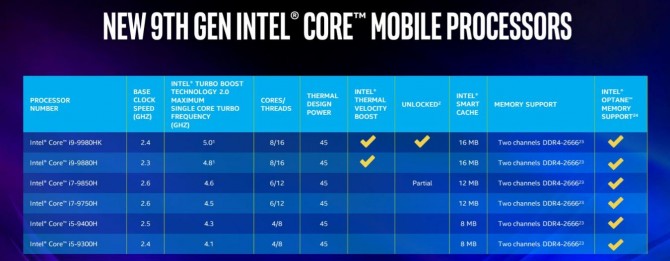
Here is everything you need to know about the processors and what they mean for upcoming laptops.
Serious Power Boost
Starting at the top end, the new Core i-9980H is a 5Ghz CPU with 8 cores and 16 threads, matching the desktop-version Core i9-9900K. This CPU offers up to 18% higher frames per second when gaming and up to 28% faster 4K video editing when compared with last year's 8th Gen Intel Core i9-8950HK.
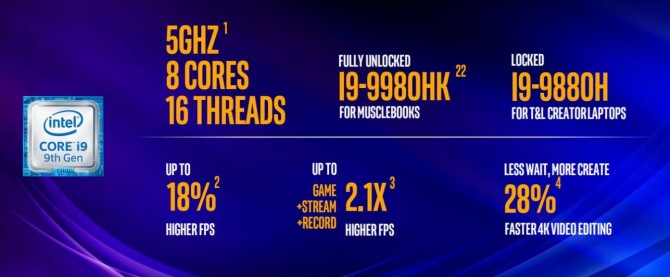
Intel also provided specific benchmark comparisons for the new 4.6Ghz Intel Core i7-9750H (8 core, 8 thread), which it claims are up to 33% faster than a three-year-old system with an Intel Core i7-6700HQ CPU. Gamers can expect up to 56% higher fps and 38% faster game turn times, while content creators will enjoy 54% speed boost when editing 4K video in Adobe Premiere Pro.
Stay in the know with Laptop Mag
Get our in-depth reviews, helpful tips, great deals, and the biggest news stories delivered to your inbox.
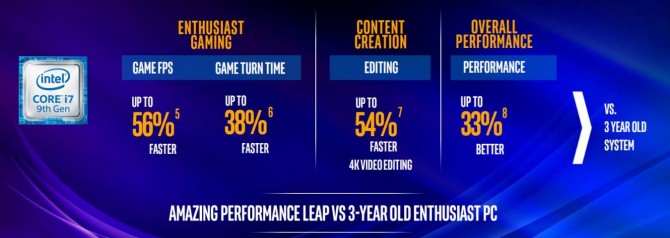
Intel also refreshed its H-series Core i5 CPUs for mid-range laptops but it didn't provide any specific benchmark results.
The performance figures Intel did provide are pretty impressive but the margin is likely much smaller when you compare the new CPUs with their immediate 8th Gen predecessors. Intel likes to compare new CPUs to ancient processors because people typically upgrade their laptops after several years, but doing so conveniently inflates those figures.
We'll have a better idea of the performance gap between the 2018 and 2019 chips when we get some 9th Gen CPU-equipped laptops into our labs.
Wi-Fi 6 Support
As with any new CPU, Intel emphasized the raw power offered by the new chips, but the benefits go far beyond numbers. Perhaps our favorite new feature is support for Wi-Fi 6 Gig+, the latest wireless standard that supports a maximum throughput of 10 gigabits per second.
As expected the chips will include Intel's newly announced Wi-Fi 6 AX200 adapter, which supports the 802.11ax standard with a maximum speed of 2.4Gbps using the 5 GHz band. That's roughly three times faster than the maximum speeds offered by 802.11ac (867 Mbps).

That is only a theoretical throughput (you won't actually those speeds), but it means your laptop will have more bandwidth to play 4K content, run PC games, and stream videos, even as you add more connected devices to your home. Only a few routers support Wi-Fi 6, but like 802.11ac (now called Wi-Fi 5), the version will eventually become ubiquitous across your devices.
While you might not need those speeds, there's a good chance the number of connected devices in your household is growing. Wi-Fi 6's ability to handle many devices at once means you shouldn't experience any connection slowdown on your laptops, even when your smartphone, thermostat and smart toilet are all connected.
Faster SSD, RAM
Intel Optane was originally intended to accelerate PCs that had slower but larger-capacity hard drives. That solution included an Optane memory module for caching your computer's most frequently used processes alongside a discrete hard drive.
Supported by these 9th Gen CPUs, Intel's new Optane Memory H10 takes that super-fast memory and combines it with high capacity flash drives and all in a single M.2 form factor. Like before, the Intel Optane memory is available in 16GB and 32GB flavors. However, now, they are combined with up to 1TB of Intel QLC 3D NAND storage.
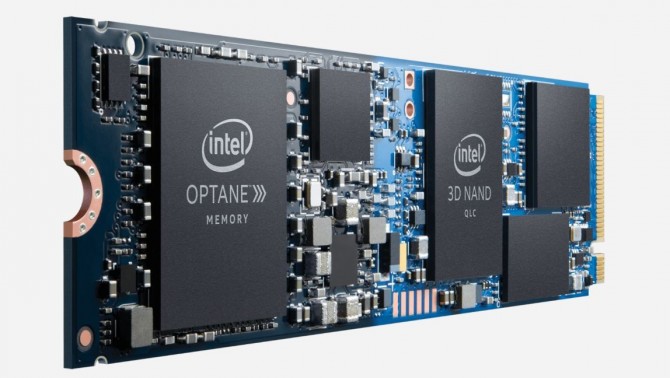
The clever combo enables 2.29% faster PC game load times and 1.63x faster file opening when compared with a 3-year-old system using a triple-level cell SSD.
Laptops equipped with Intel's 9th Gen Core CPUs will also support up to 128GB of DDR4 memory. That's overkill for most folks, but it could come in handy if you want workstation-level performance in a consumer package.
Other features supported by the new 9th Gen H-series CPUs include high-capacity Intel SSD 660p and Intel's new Rapid Storage Technology 17.x.
Form Factor and Efficiency
Intel attributed new PC form factors to the 9th Gen CPUs. Laptop makers have unveiled some strange laptops that contort in all sorts of ways. For example, the Asus Mothership, a powerful gaming machine, has an adjustable kickstand and a detachable keyboard while the Acer Triton 900 has an adjustable display that can flip into a number of different modes.
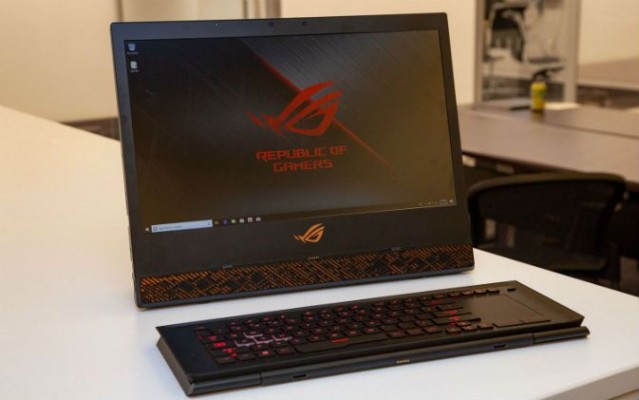
These new chips also promise improvements to battery life, though Intel didn't say how much more endurance we can expect from systems equipped with 9th Gen CPUs. We'll get a better idea of real-world battery life when the first flock arrives in the coming weeks.
Laptops with 9th Gen CPUs
Laptop manufacturers didn't waste any time arming products with these new 9th Gen CPUs. The first wave of 9th Gen-equipped machines, comprised of gaming laptops, was unveiled alongside Intel's announcement.
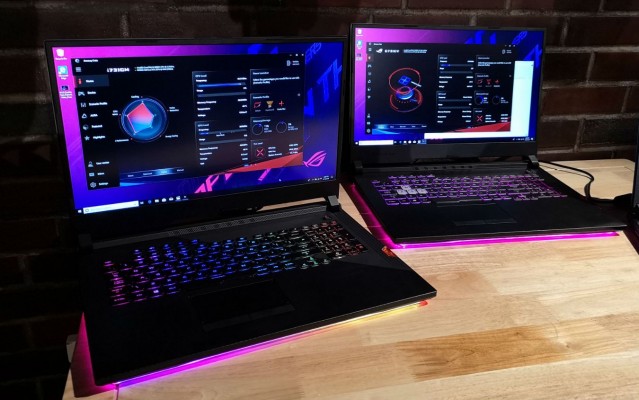
Here is a list of notebooks with the new H-series chips that we've gone hands-on with (click on the links for a detailed breakdown of each laptop):
Phillip Tracy is the assistant managing editor at Laptop Mag where he reviews laptops, phones and other gadgets while covering the latest industry news. After graduating with a journalism degree from the University of Texas at Austin, Phillip became a tech reporter at the Daily Dot. There, he wrote reviews for a range of gadgets and covered everything from social media trends to cybersecurity. Prior to that, he wrote for RCR Wireless News covering 5G and IoT. When he's not tinkering with devices, you can find Phillip playing video games, reading, traveling or watching soccer.

